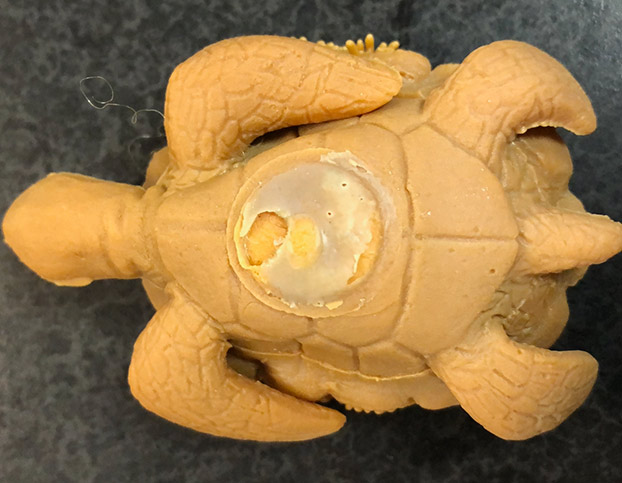It seems like every week we are seeing a patient who has either swallowed or inhaled something that they shouldn’t have (in other words, something other than FOOD or AIR – yikes). Why do dogs and cats do these things? If you find out, please let us know!
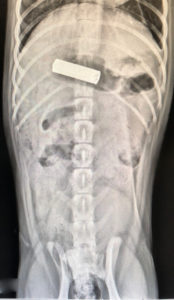
The most common situation that we treat are patients who have swallowed either some non-food item (dogs love those little squeakers in the middle of toys they work so hard to get out!), or some food item that is too large to swallow (gets stuck in the esophagus) or pass (gets stuck in the stomach or intestines), for example large pieces of rawhide. Objects swallowed or inhaled obviously can cause a variety of problems for your pet, including choking, inability to eat and drink, serious pain, digestion obstruction, and, worst of all, perforation (ripping) of the esophagus, stomach or intestines.
Did you know that we use endoscopy to remove these items? Obviously the big advantage of endoscopy over surgery is that with endoscopy, usually patients get to go home the same day as the procedure (and avoid a major surgery!). Our practice utilizes a variety of scopes to view internal organs and identify these objects. The scopes are either rigid or flexible (able to bed around corners). There is a small camera at the end of the scope that transmits a magnified video image to a monitor for viewing.
Scopes have “channels” that allow long instruments to be in and through the scope so that the end of the instrument comes out internally within the patient.
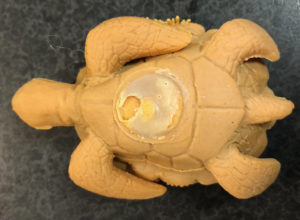
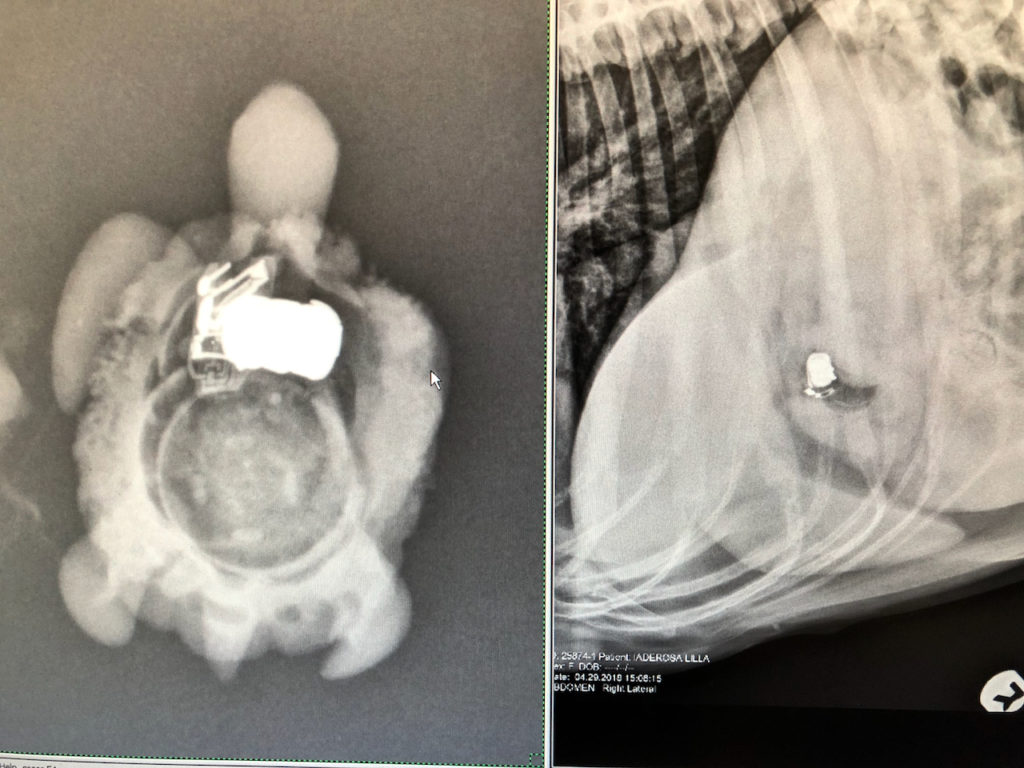
With the use of these instruments, we can grab items and remove them, and even use these instruments to perform biopsies if there is suspicious appearing tissue internally.
Endoscopic procedures are performed with the patient under general anesthesia with the procedure lasting mere minutes, or more than an hour depending on the item(s) to be removed.
When giving your dogs treats, remember to determine if the item is digestible if swallowed whole, and that the item is small enough to pass from the mouth through the esophagus into the stomach.
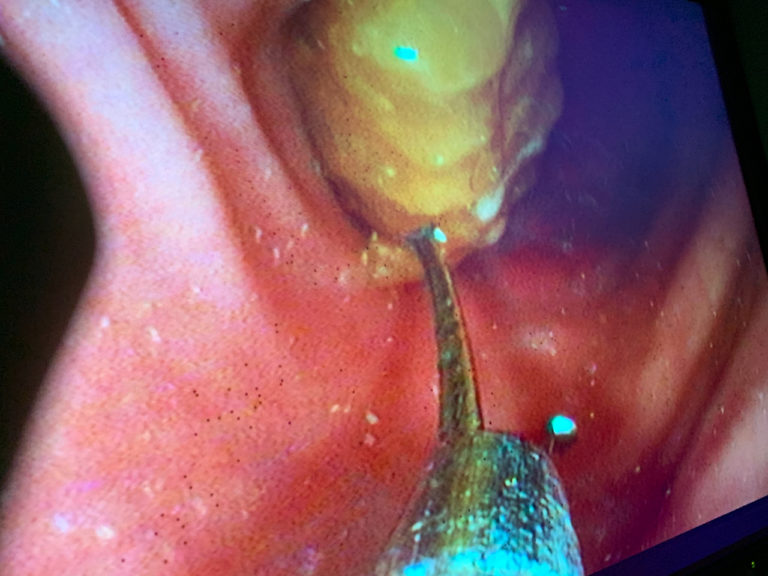
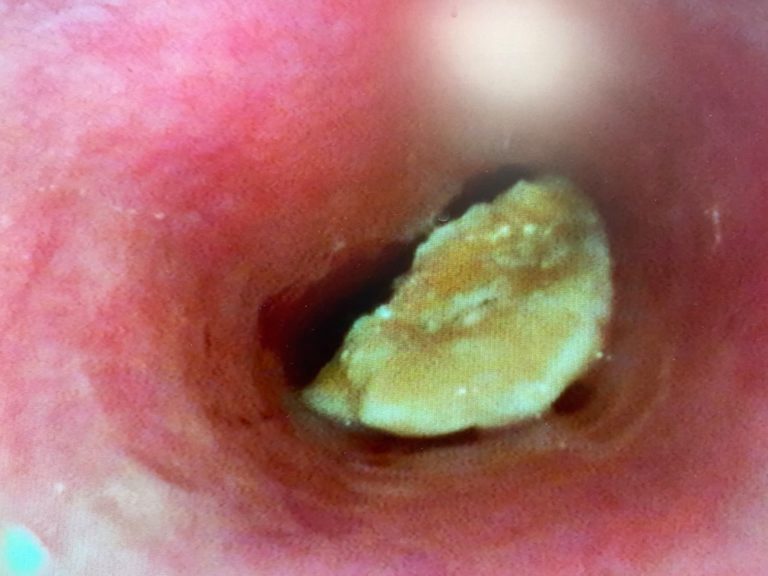
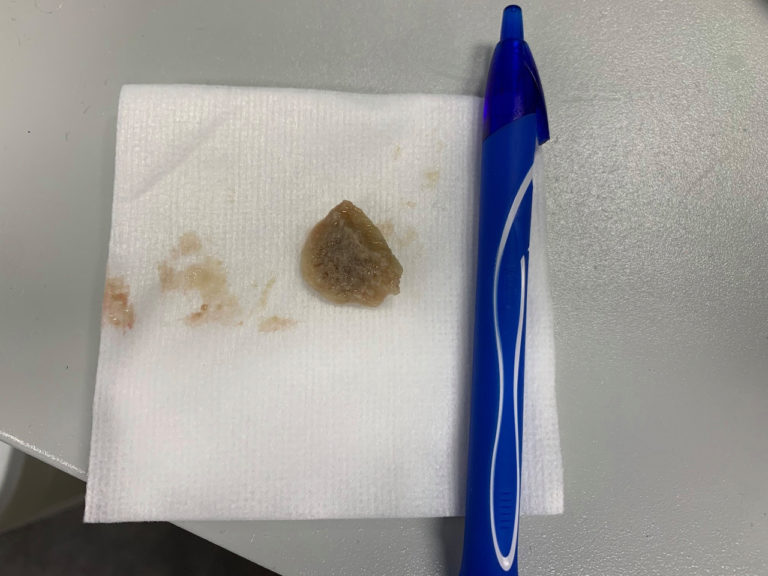
Also, keep all items that your dog may find tasty or fun to swallow well out of their reach; and, when that favorite stuffed toy that doesn’t stop squeaking is finally torn apart, quickly throw it out and replace it with a new one right away!
Happy chewing!
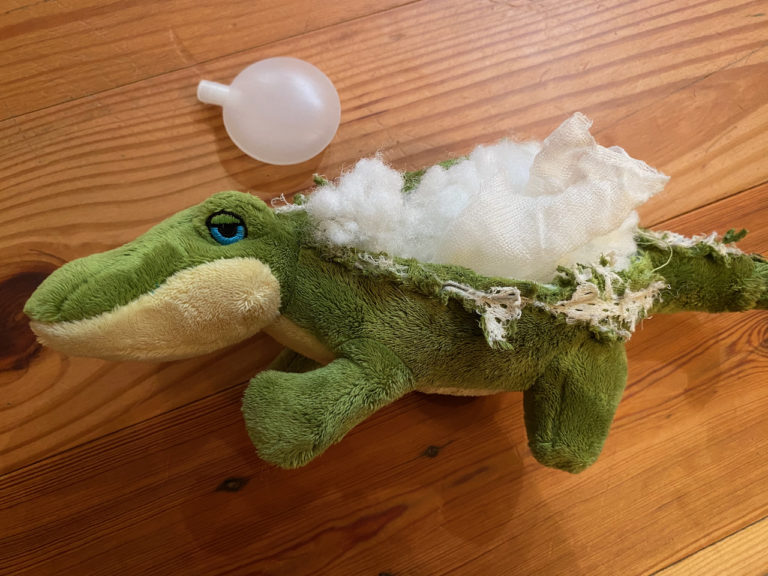
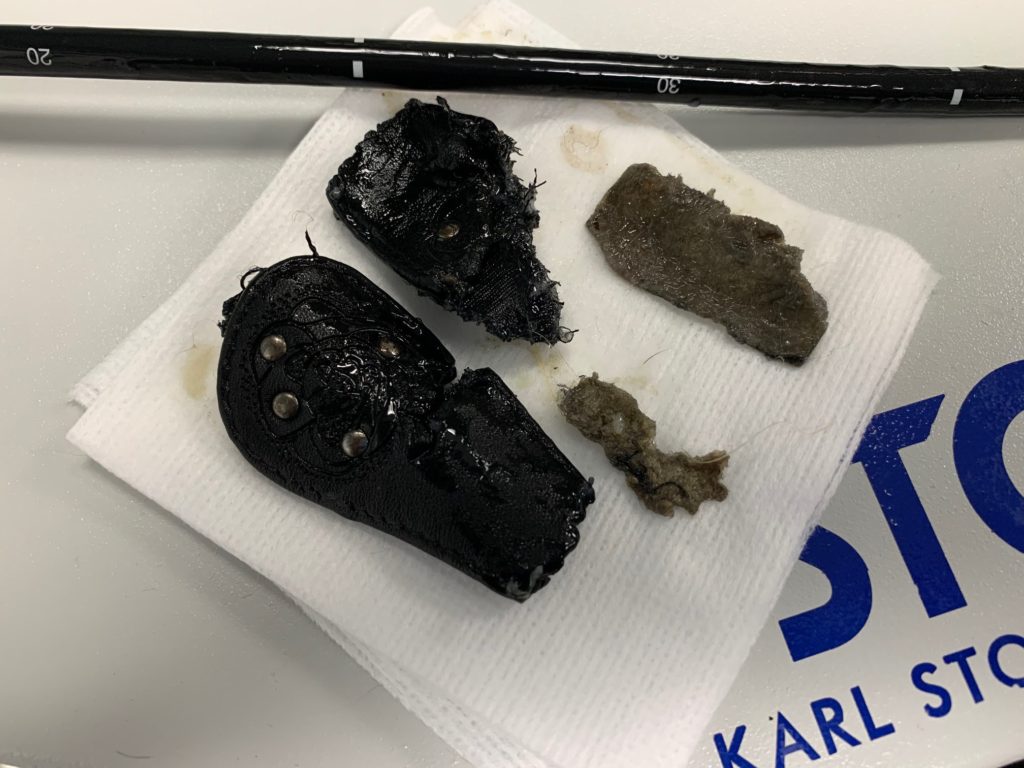
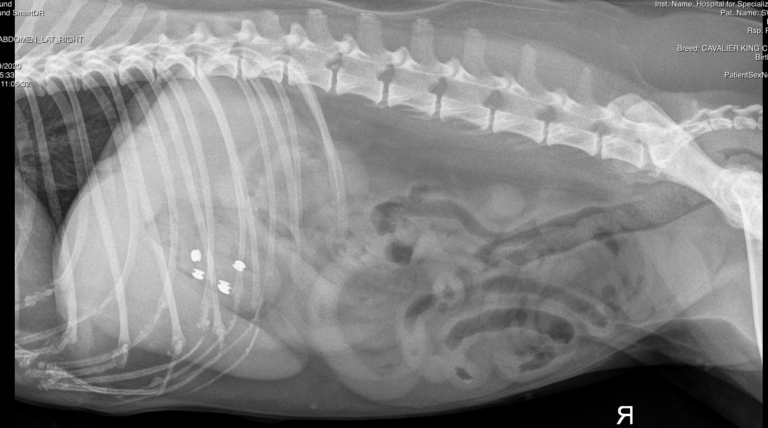
Oh, and let’s not leave out our feline friends! Below is an endoscopic picture of the inside of a cat’s nose where a blade of grass was hiding. The poor little kitty had a runny nose and was sneezing constantly until we discovered this and successfully removed it with the scope! Immediate relief!
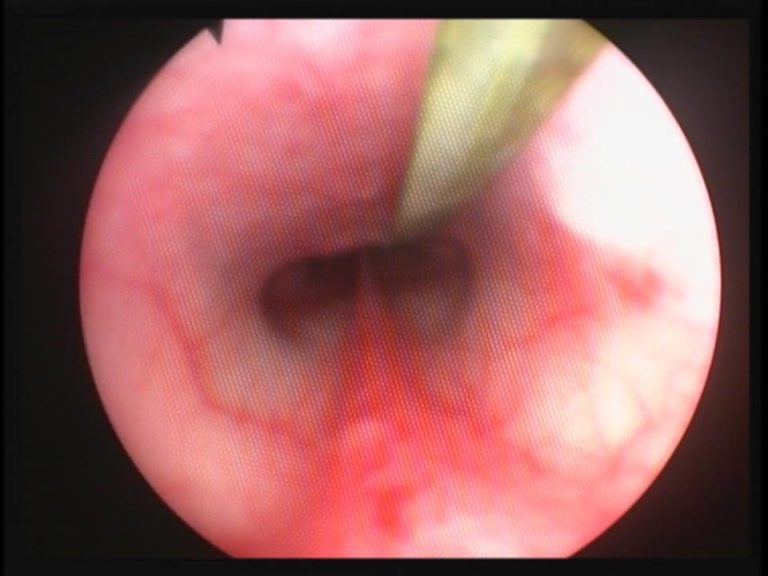
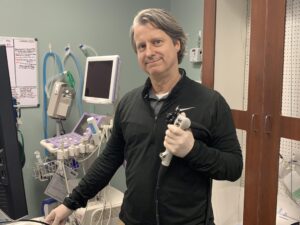
Author:
James Woods DVM, MS, DACVIM (SAIM)
Ph: (912) 721-6410
Contact Us
